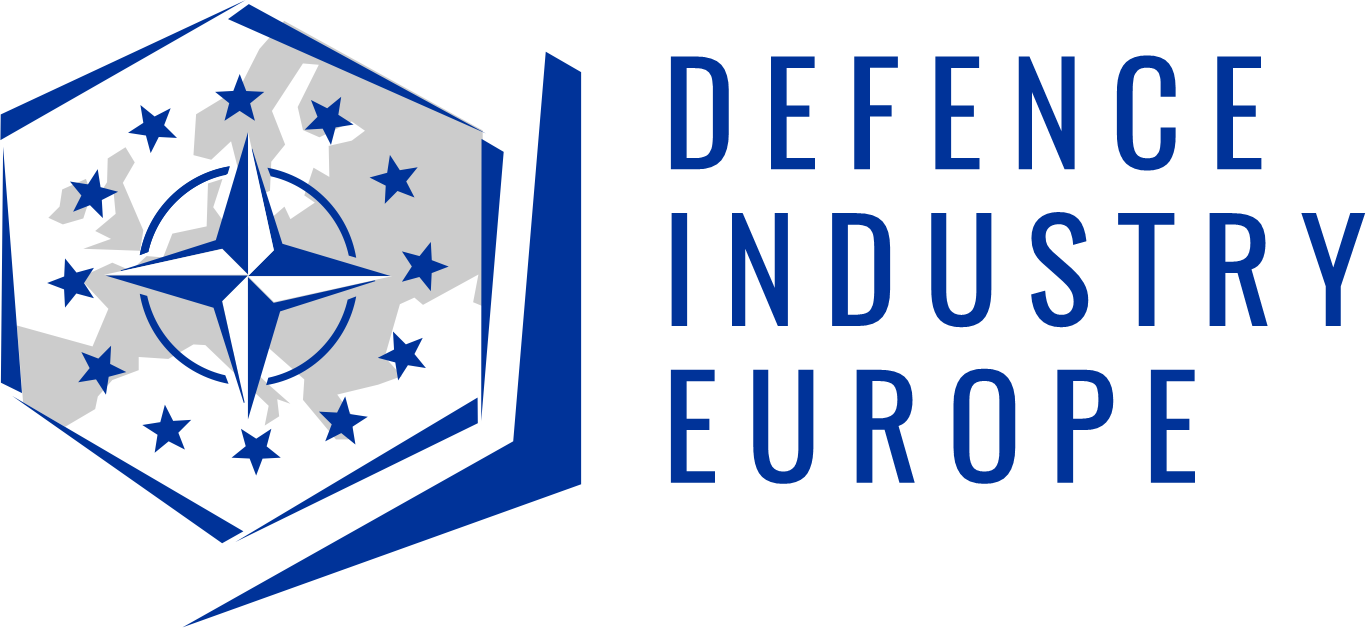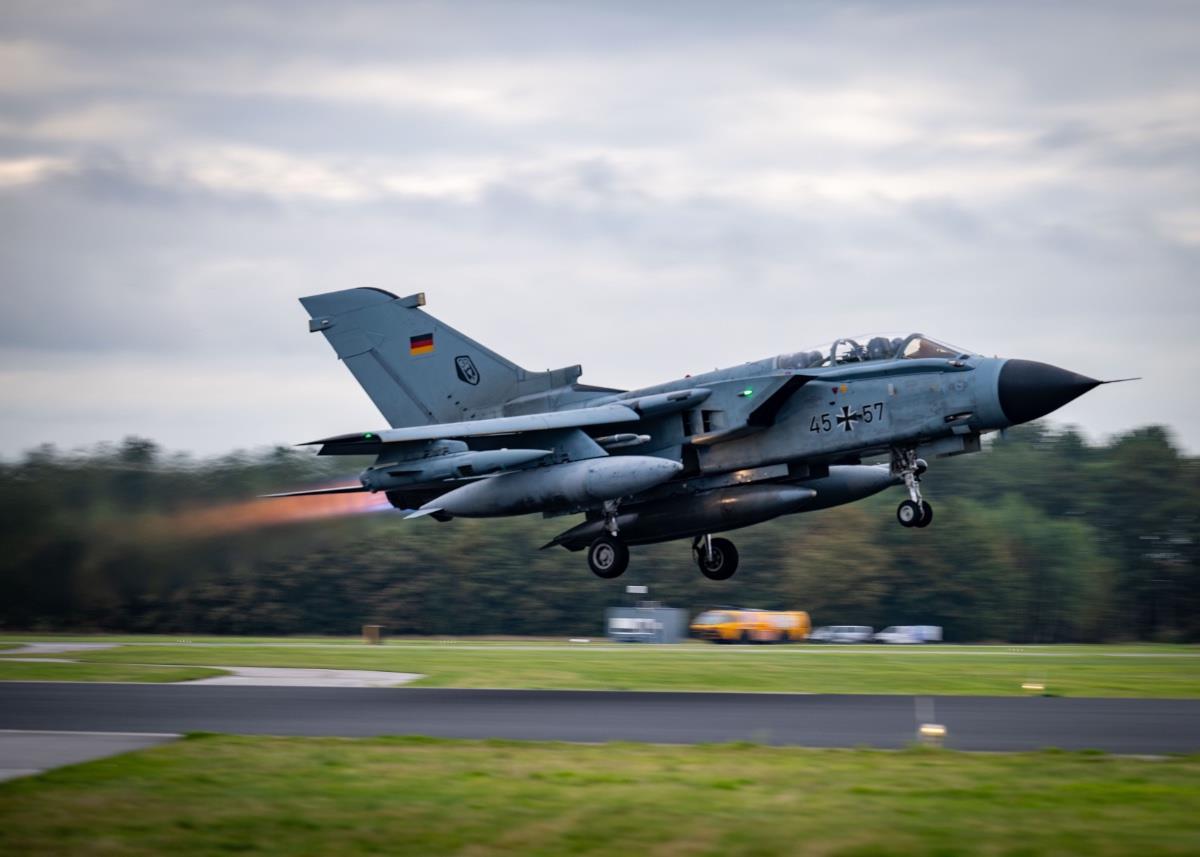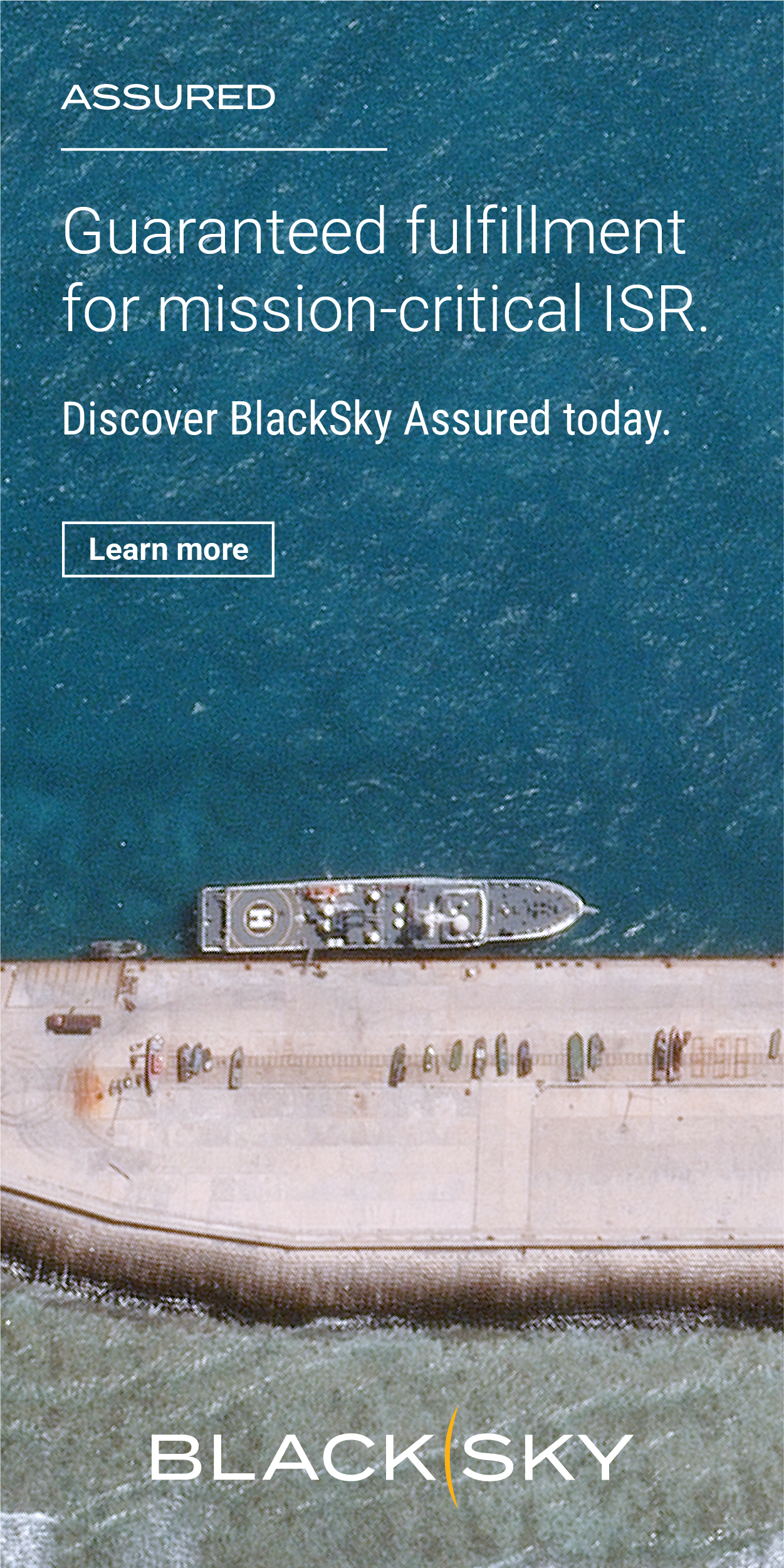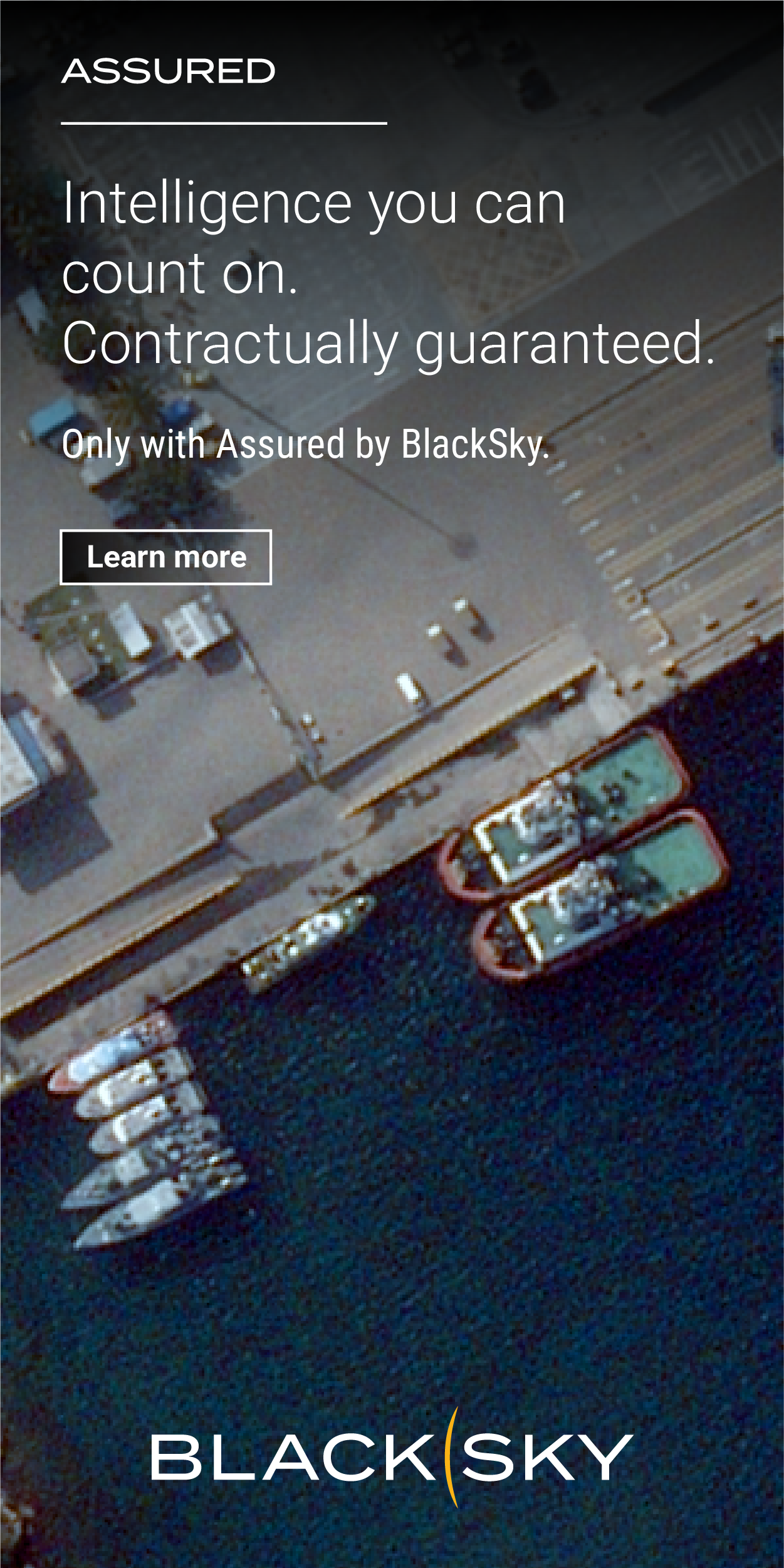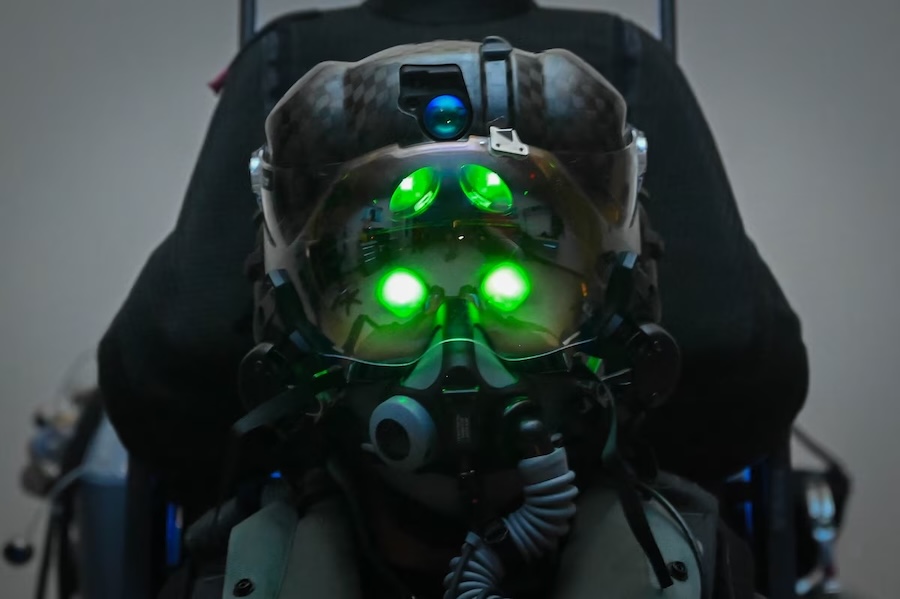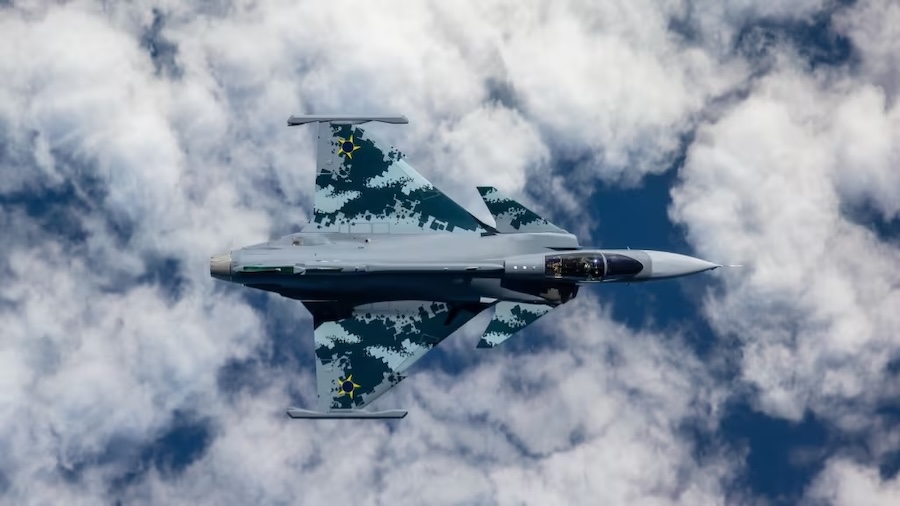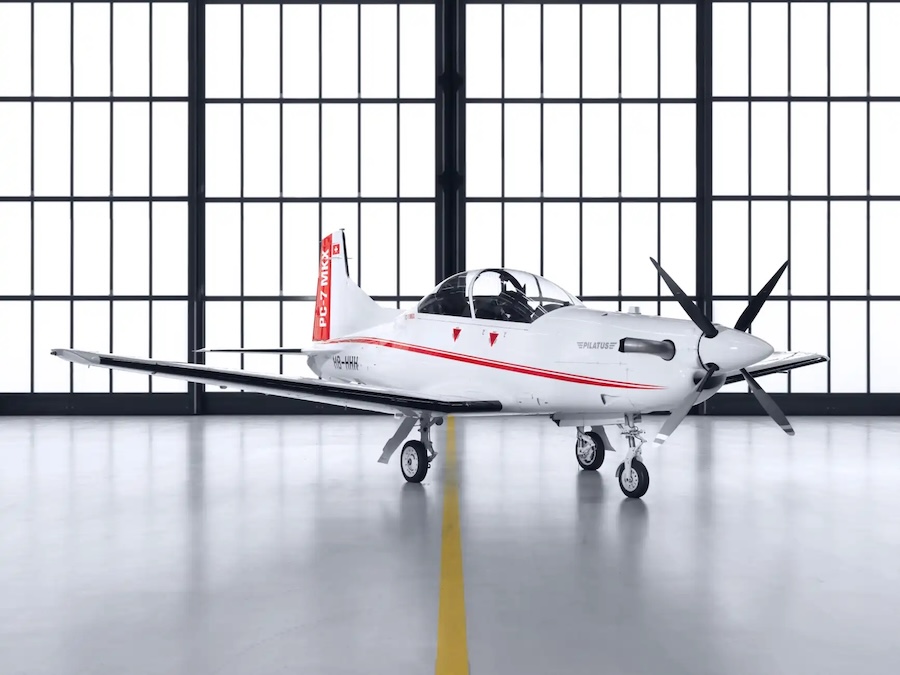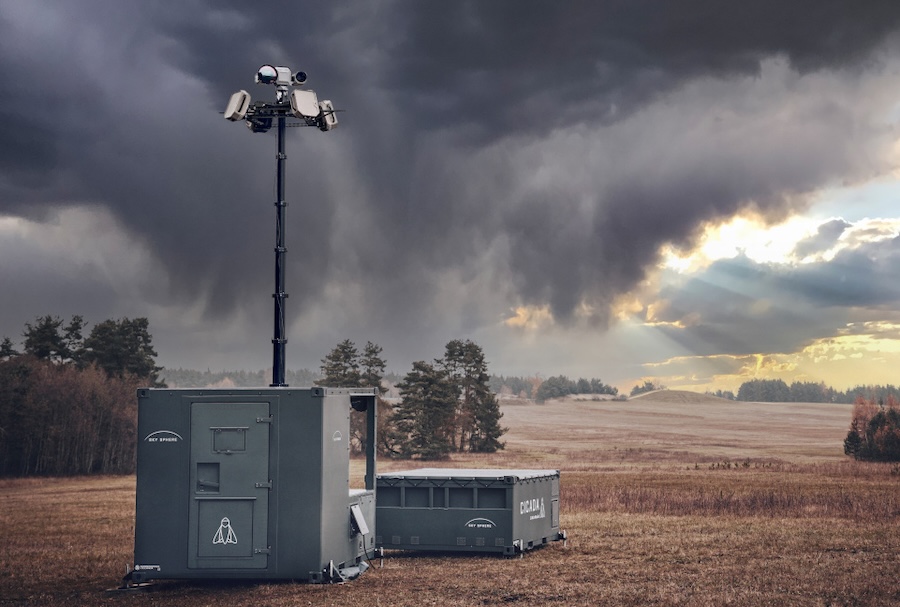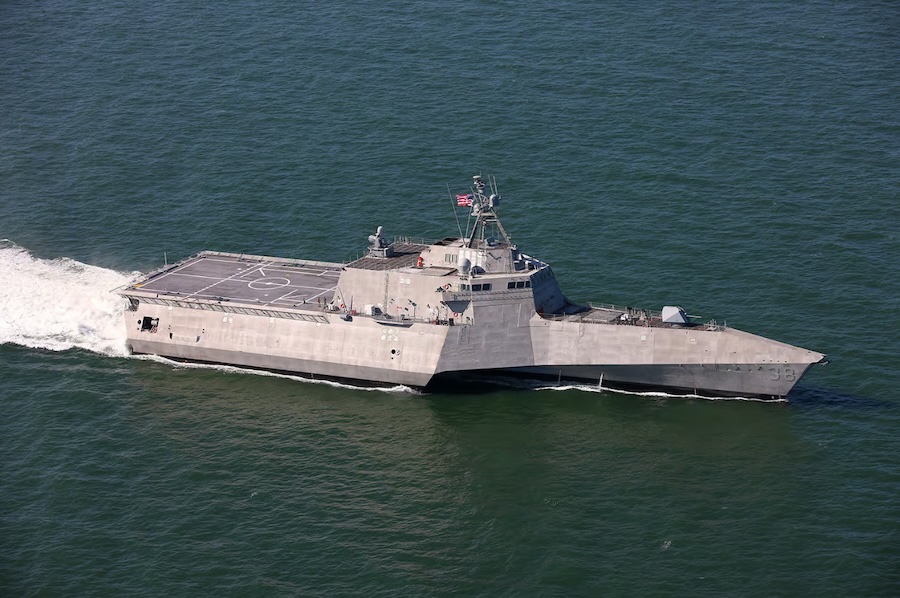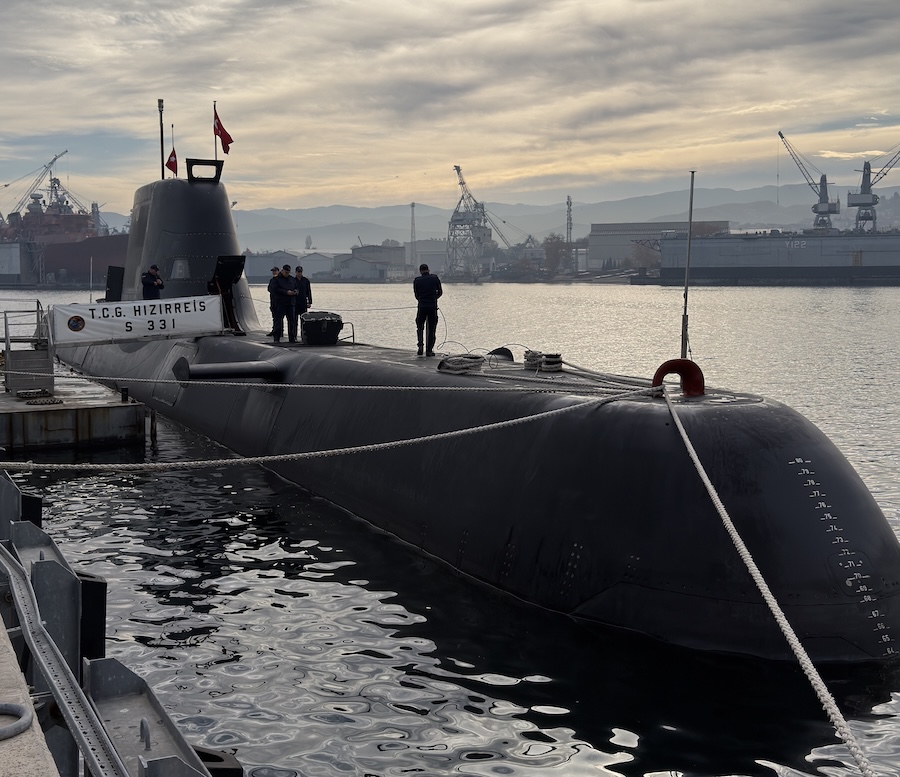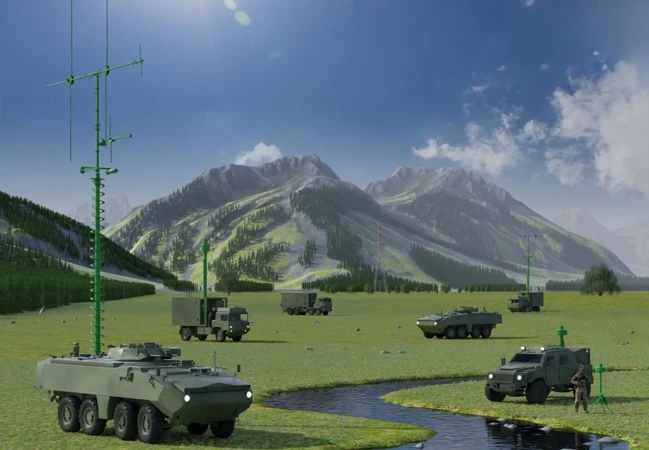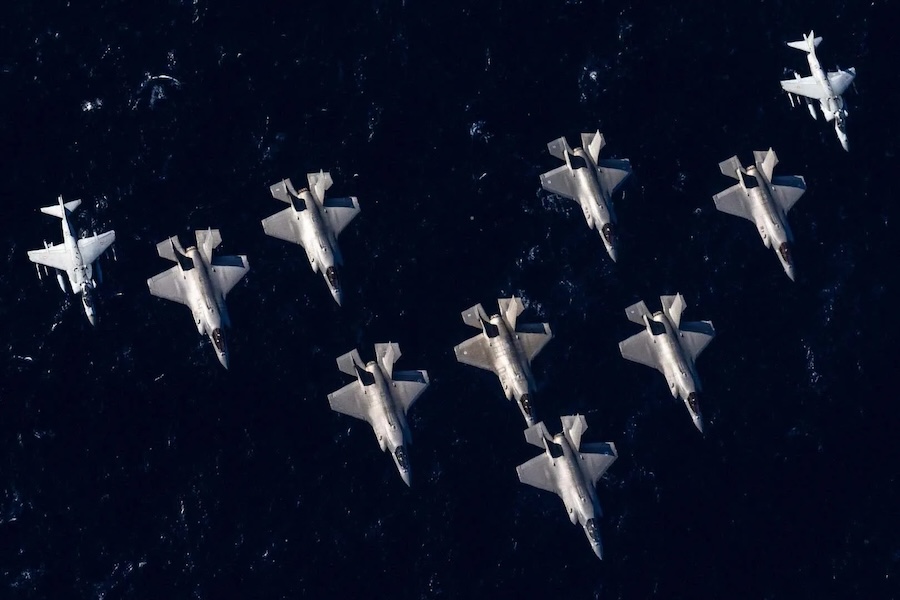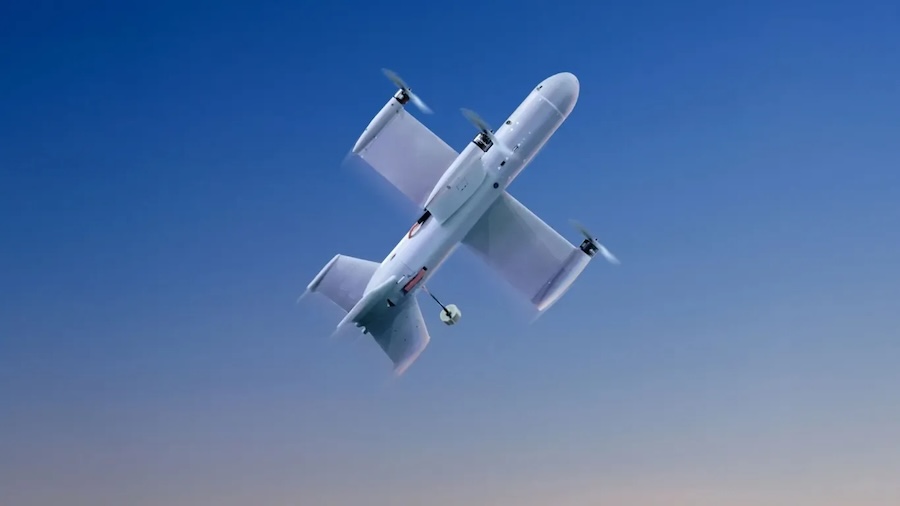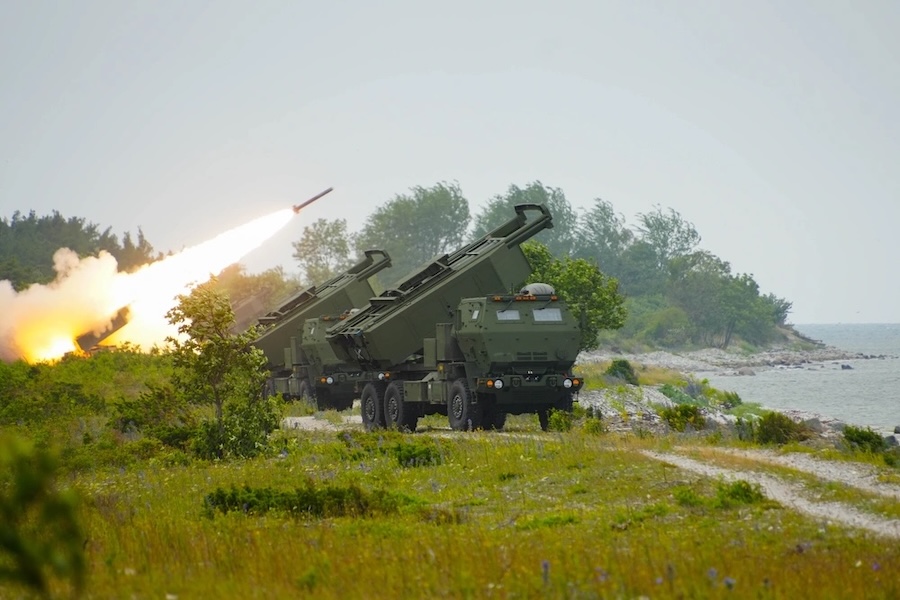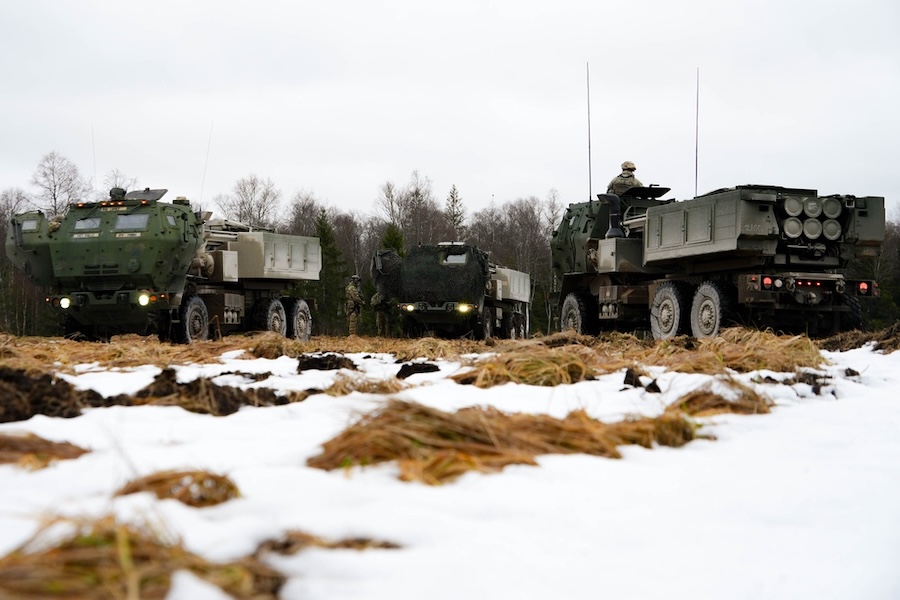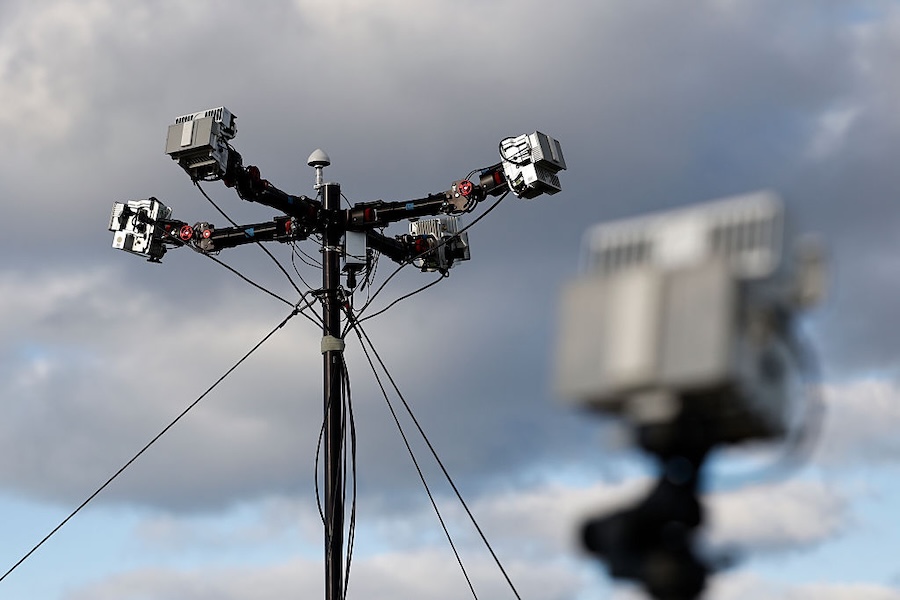“We need to do this because it helps us to make sure that our nuclear deterrent remains as credible, and as safe, and as secure, and as effective as possible,” said NATO Secretary-General Mark Rutte. “It also sends a clear signal to any potential adversary that we will and can protect and defend all allies against all threats.”
Steadfast Noon will see service members rehearse deployment procedures for dual-capable aircraft and the integration of conventional support assets in a nuclear mission context. “There is focus in the air-to-air activity, getting the strikes planned, getting the mission planning, getting the communications, the command and control, all of those elements synchronised to deliver what we can in this mission,” said Colonel Daniel Bunch, Chief of Nuclear Operations at SHAPE.
Colonel Bunch added, “But there is also a large part of this exercise that focuses on the ground element of securing these weapons, focusing on a variety of different threats that we assess, and we must defend against, because these are highly protected assets that require the utmost security and safety.” The exercise includes around 70 aircraft, 14 Allied nations, and approximately 2,000 personnel.
Key exercise locations include Volkel Air Base in the Netherlands, RAF Lakenheath in the United Kingdom, Kleine-Brogel Air Base in Belgium, and Skrydstrup Air Base in Denmark, with Finland, Germany, Poland, and the United States among the other participating countries. No live nuclear weapons will be used during the training.
Assets involved span 13 types of aircraft, including dual-capable F-35 fighter jets, as well as support aircraft like the E-3A Sentry and KC-135 Stratotanker. “These are conventional aircraft or other capabilities that can be used as part of a nuclear mission,” said Jim Stokes, Director of NATO’s Nuclear Policy Directorate.
“And this demonstrates the overall contribution that Allies make, how we share the nuclear burden in different ways, and it really shows the unity we have at the Alliance on nuclear issues,” Stokes added. NATO considers nuclear weapons a central element of its collective defence strategy.
“As long as nuclear weapons exist, NATO will be a nuclear alliance,” said Colonel Martin L. O’Donnell, SHAPE Spokesperson. “That’s why we do the exercises like this.”
Source: NATO.



